In the world of kitchen tools, the humble trivet often goes unnoticed. Yet, this simple accessory plays an essential role in protecting your dining table from heat damage while adding style to your meal presentation. Whether you’re serving a sizzling casserole or a steaming pot of soup, a trivet ensures your surfaces remain unharmed. Let’s dive into the rich history of the trivet, its practical uses, and its modern adaptations that make it a must-have in any kitchen.
What is a Trivet?
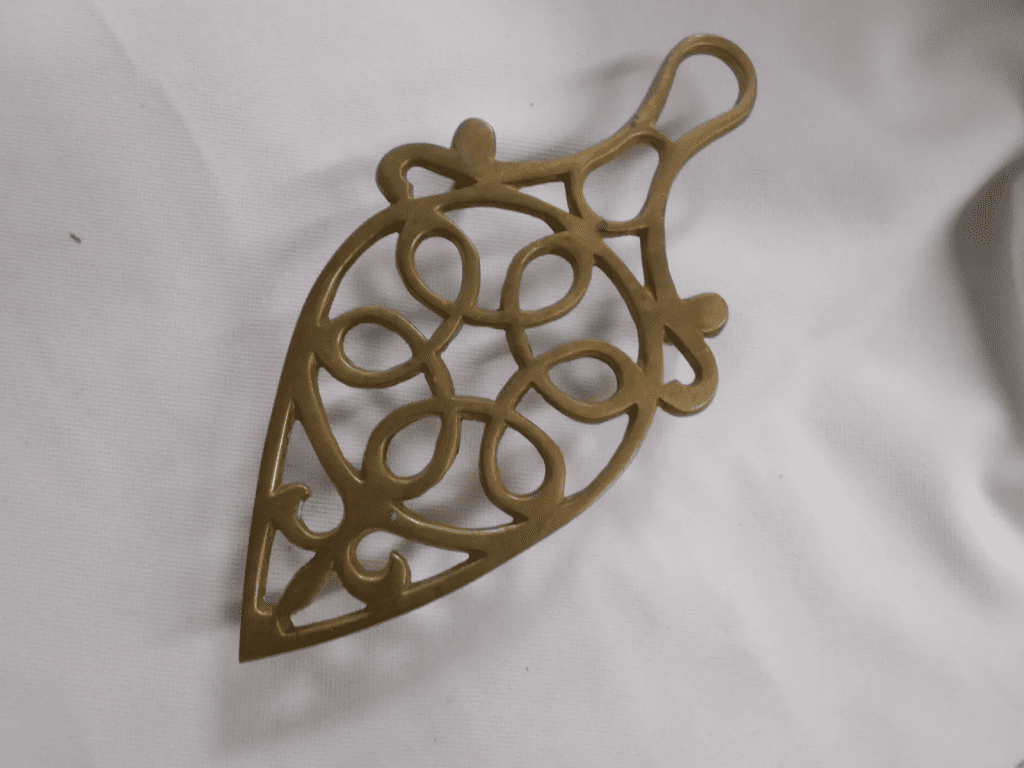
A trivet is a small, often three-legged stand placed between a hot dish and the table to shield the surface from heat. The word “trivet” comes from the Latin tripes, meaning “tripod,” which refers to the three-legged design that was common in early trivets. Today, they come in various shapes and sizes, but their function remains the same—keeping your table or countertop safe from heat marks and burns.
A Rich Historical Background
Ancient Origins
Trivets have been used for centuries, with their roots stretching back to ancient civilizations. One of the earliest examples was discovered in the tomb of Zhao Mo, a Chinese ruler from the 2nd century BCE. These early trivets, often made of metal, were called “fire stands” and helped elevate pots above the fire to allow for even cooking and prevent accidental tipping.
Medieval Europe
By the Middle Ages, trivets had evolved into more elaborate designs. Blacksmiths crafted intricate trivets from wrought iron and brass, reflecting both functionality and artistry. These trivets were practical for medieval kitchens, where open flames were common, and provided a stable surface for heavy iron pots.
Colonial America
In early American homes, trivets were not just kitchen tools but decorative items as well. Crafted from wood, ceramic, or cast iron, they became a staple for serving hot dishes during meals. Colonial trivets often featured unique designs that reflected the craftsmanship of the time, blending practicality with aesthetics.
Contemporary Uses of Trivets
Today, the function of the trivet remains largely unchanged, but its versatility and design have expanded. Let’s explore the modern roles trivets play in today’s kitchens.
Heat Protection
First and foremost, a trivet’s primary function is to protect your surfaces from heat. When you’re serving a hot dish fresh from the oven, placing it directly on the table can leave unsightly burn marks or even cause cracks. Trivets act as a barrier, absorbing the heat and allowing the dish to cool down without damaging your table or countertop.
Design Variety
In modern kitchens, trivets come in an array of designs, allowing you to choose a style that complements your décor. From rustic wooden trivets to sleek, industrial-style metal options, there’s a design for every taste. These functional pieces also add a decorative touch, enhancing the overall look of your dining table.
Versatility
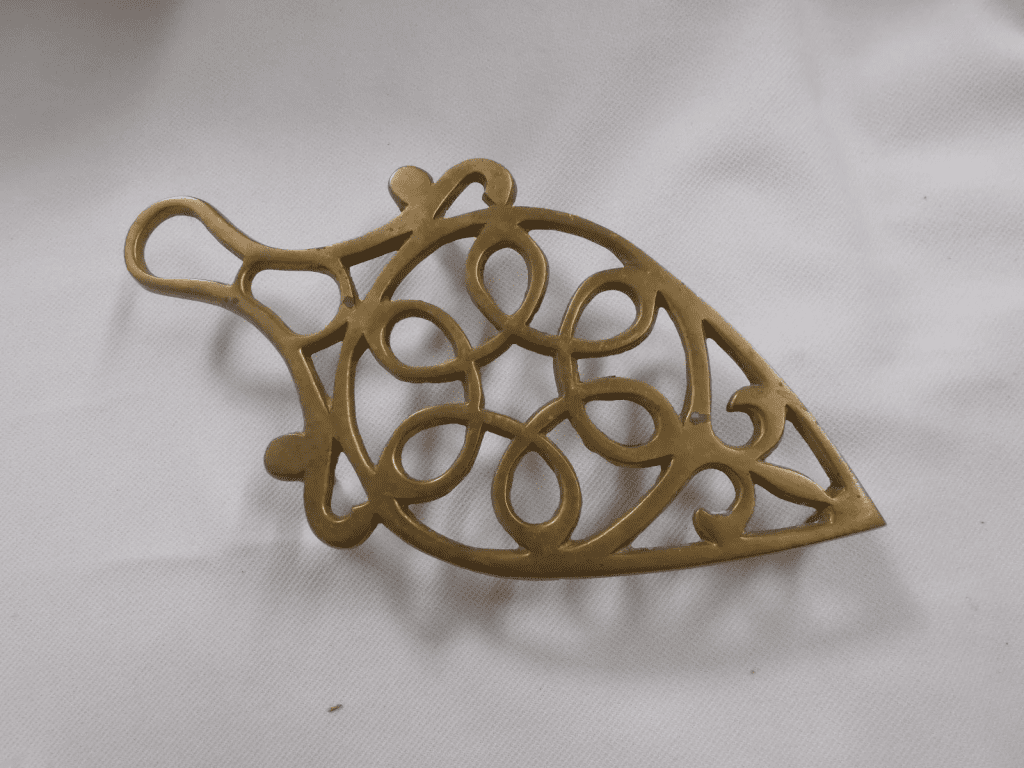
Trivets are far more than just heat shields. Many are used as cooling racks for baked goods, keeping cakes or cookies elevated to cool evenly. They can also serve as a base for hot pans, kettles, or even as makeshift coasters for large serving bowls. This versatility makes them indispensable in any kitchen setup.
Choosing the Right Trivet
With so many styles and materials to choose from, selecting the perfect trivet for your kitchen can seem daunting. Here’s what to keep in mind when shopping for one:
Material Options
- Wood: Wooden trivets offer a classic, rustic look, but they may not withstand extremely high temperatures. They are best for moderate heat dishes and can add warmth to your table’s design.
- Metal: Metal trivets, whether made from stainless steel, brass, or cast iron, are durable and can handle intense heat without warping. They’re ideal for placing underneath heavier or hotter cookware.
- Silicone: Silicone trivets are flexible, heat-resistant, and incredibly easy to clean. Many silicone trivets can be folded or rolled up for storage, making them a convenient and practical option for smaller kitchens.
Aesthetic Appeal
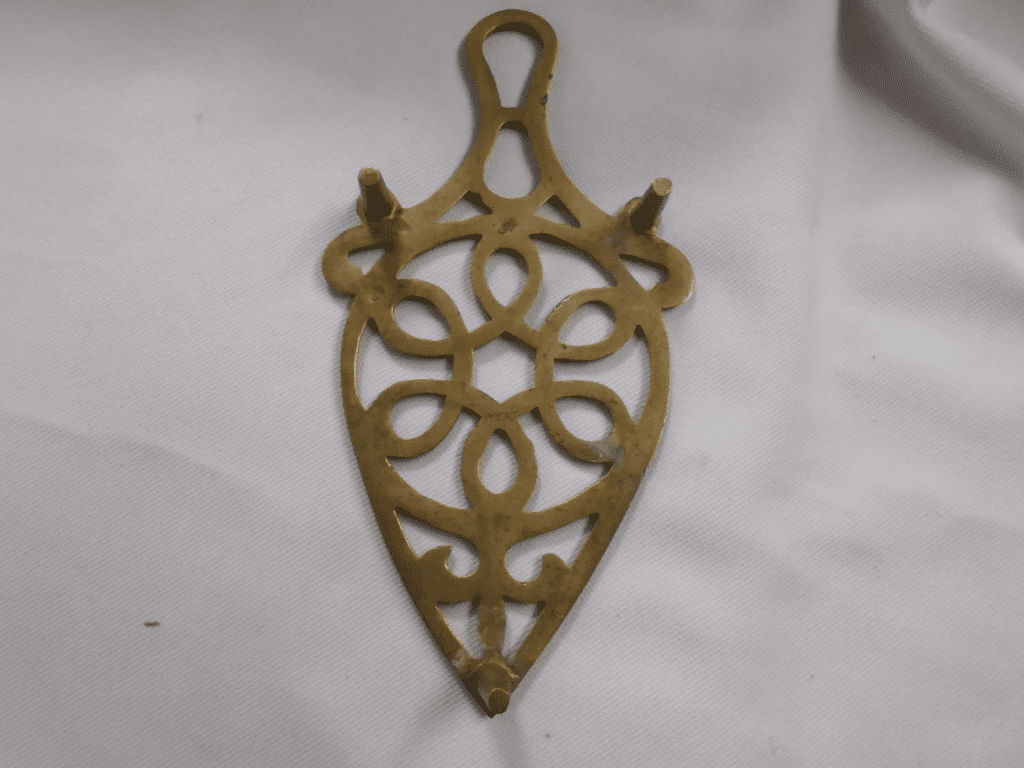
When selecting a trivet, consider its visual impact as well. A well-designed trivet can serve as a centerpiece on your dining table. Whether you opt for a sleek modern design or an intricately patterned trivet, the right choice can elevate your dining experience, creating a stylish yet functional table setting.
Modern Adaptations
As kitchen designs evolve, so do trivets. Modern trivets incorporate clever design features that reflect contemporary trends and lifestyles.
Multi-functional Designs
Many of today’s trivets double as pot holders or even decorative centerpieces. Some fold or expand, allowing you to adjust the size depending on the dish you’re serving. This flexibility makes them ideal for both small and large gatherings.
Artistic Styles
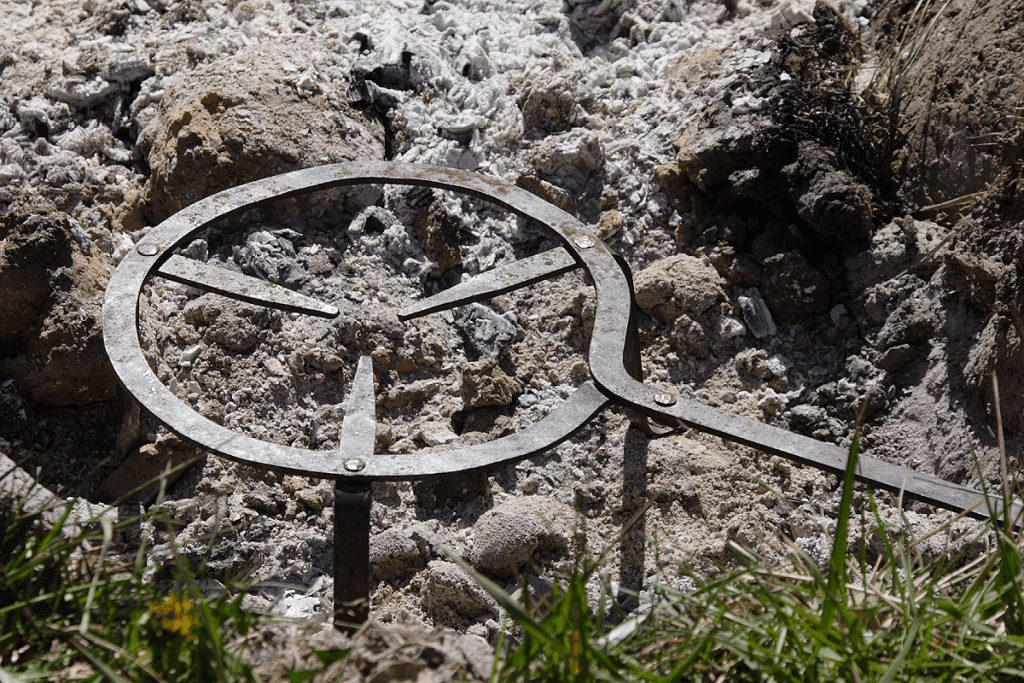
With the rise of home décor trends that emphasize individuality, trivets have become small pieces of art. From geometric designs to nature-inspired motifs, trivets now serve as a form of self-expression in the kitchen. Some are even handcrafted, making them one-of-a-kind additions to your home.
Sustainable Options
As sustainability becomes more important to consumers, many manufacturers now offer eco-friendly trivets. These are made from recycled materials or sustainably sourced wood, providing an option for those who want to reduce their environmental footprint without sacrificing style or functionality.
Caring for Your Trivet
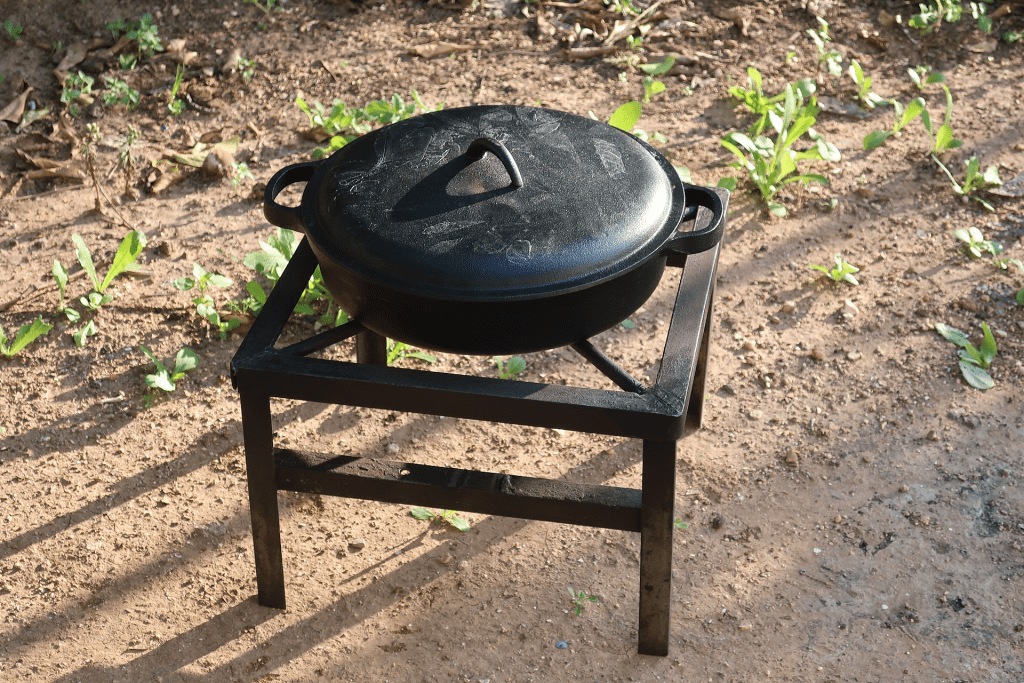
To ensure your trivet lasts for years, proper care is essential. Here’s how to care for different types of trivets:
- Wood Trivets: Clean wooden trivets with a damp cloth, and avoid soaking them in water to prevent warping. To maintain their finish, periodically apply a thin layer of mineral oil.
- Metal Trivets: Clean metal trivets with soap and water, and be sure to dry them immediately to avoid rust or corrosion, especially if they’re made of cast iron.
- Silicone Trivets: These are the easiest to maintain. Simply toss them in the dishwasher or hand wash with soap and water.
Conclusion
In summary, a trivet is far more than just a kitchen accessory. It’s a crucial tool that not only protects your surfaces but also enhances your dining experience. With a rich history and countless modern adaptations, trivets continue to play a pivotal role in kitchens around the world. Whether you prefer a rustic wooden trivet or a sleek, modern design, this small yet mighty item ensures that your meals are served safely and in style. So, the next time you prepare a meal, don’t forget the trivet—it’s a blend of functionality, artistry, and timeless practicality.